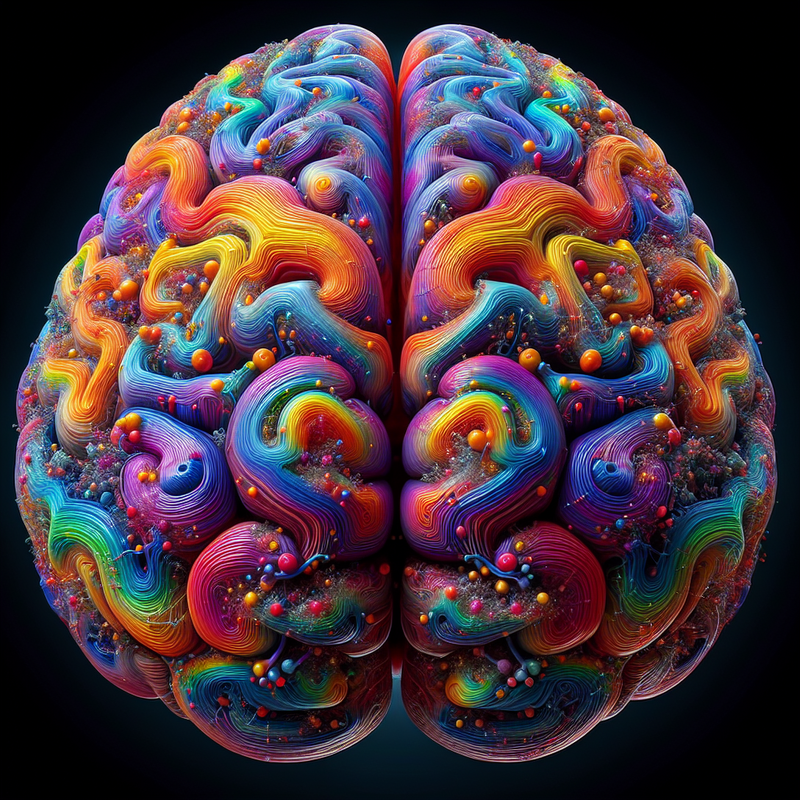A groundbreaking theory suggests that the use of psychedelic substances might trigger a dominance of the right hemisphere of the brain
This could explain the notable increase in empathy and insightful experiences reported by users. This hypothesis is offered by Adam Levin, who is pursuing postdoctoral work and practicing psychiatry at The Ohio State University College of Social Work, and is rooted in a comprehensive mix of research and clinical practice.
Under the acronym HEALS (Hemispheric Annealing and Lateralization Under Psychedelics), Levin’s model proposes that psychedelics interfere with the customary dominance of the left hemisphere, granting the right hemisphere a heightened level of influence. Levin points out, “During the psychedelic state, the brain achieves a harmonious integration of hemispheres that is uncommon in our normal waking consciousness.”
Empirical Evidence and Potential Implications
Published in the Journal of Psychopharmacology, Levin’s theory emerges from his experience with therapeutic use of psychedelics and his professional background in psychiatry. Drawing inspiration from Iain McGilchrist’s literature on the roles of brain hemispheres and observing the patterns in his own clinical practice, Levin perceived a connection between neurological disorders impacting one hemisphere and the shifted perceptions of patients, akin to those reported in psychedelic studies.
This hypothesis is reinforced by neuroimaging studies demonstrating heightened activity in the right frontal lobes and a rightward shift in glucose metabolism while under the influence of psychedelics. Levin also observes similarities with the practice of mindfulness meditation, which is linked with improvements in the brain’s networks and structure, particularly within the right hemisphere.
Levin suggests that the short-term or possibly long-term amplification of these right hemisphere networks through psychedelic use might support and advance mindfulness skills. As the research within the psychedelic arena continues to expand, particularly within therapeutic settings, Levin predicts the emergence of additional research questions that will foster new hypotheses. He emphasizes the necessity for a diversity of theoretical perspectives to closely replicate the complexities of brain functionality, cautioning, “If we become overly focused on a single theory, we might miss the broader aspects of reality.”
As psychedelic studies progress, they create avenues to test and refine conceptual models like HEALS, enhancing the intricate comprehension of how the brain operates in the presence of these substances.
















